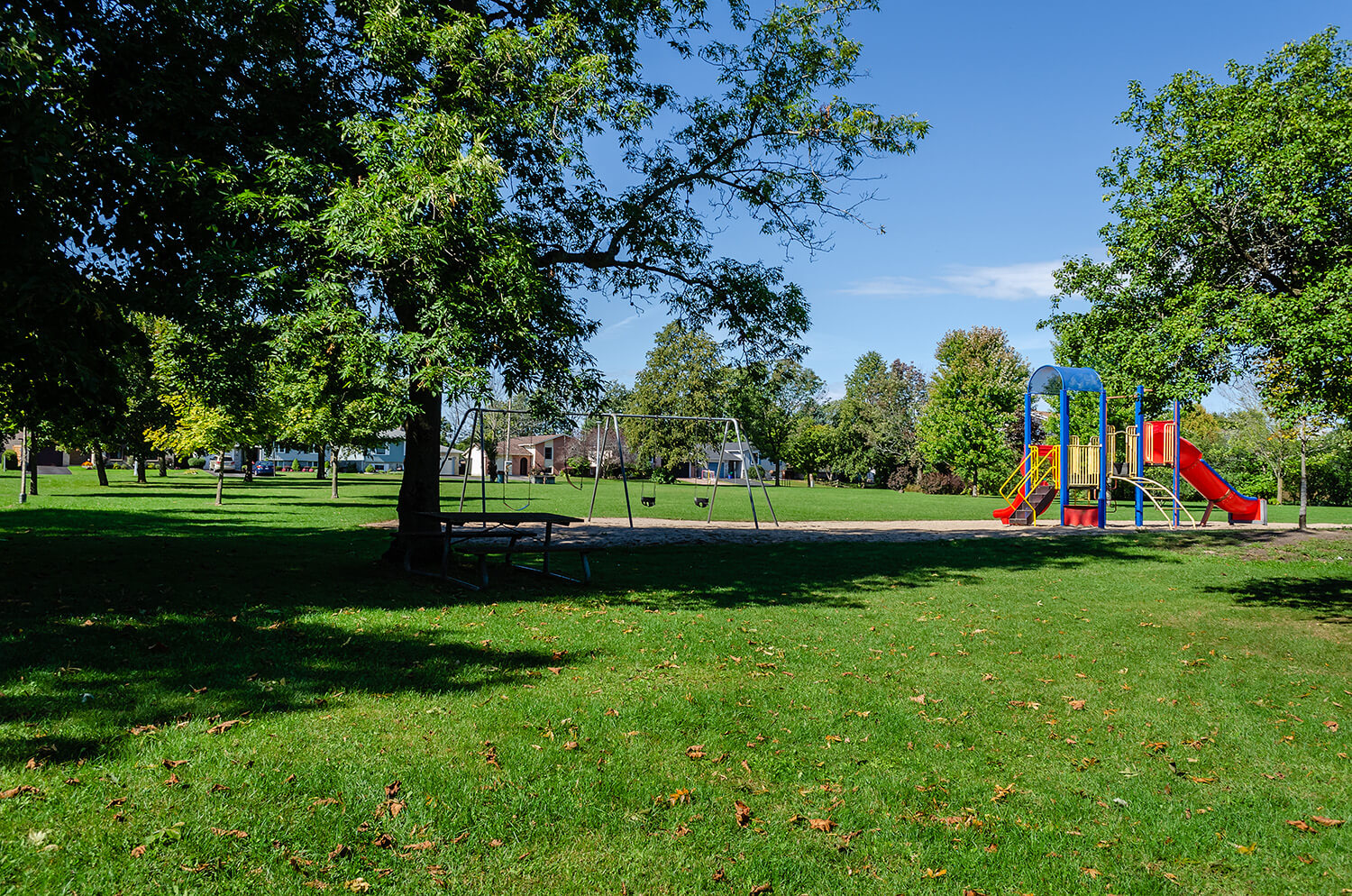
What does this indicator mean?
Average time a person is expected to live (i.e., life expectancy at birth). Where you live matters for how long you live. People live longer in safe communities with easily accessible destinations like healthy housing, grocery stores, jobs, and parks. Premature deaths have social and economic costs for communities and workplaces.

How is this indicator useful for creating and measuring activity-friendly places?
- To identify communities with lower life expectancies and how goods, services, and amenities in those communities compare to communities with higher life expectancies.
- To measure how transportation infrastructure and land use planning decisions affect life expectancy.

What would help the most people benefit from this indicator?
- Pursue the suite of tools and approaches recommended by the World Health Organization (WHO) and AARP Age-Friendly Environment and Communities initiatives to support lifelong physical activity, community engagement, health, and vigor.
- Eliminate restrictions on creating a range of housing options that support aging in place.
- Provide a wide diversity of housing types near essential services and employment centers to increase the portion of the population who can carry out routine tasks and commute on foot, by bike, and transit.
- Create complete sidewalks and bicycling networks separated from cars, install convenient controlled crossings, lengthen crossing times, and shorten crossing distances.
- Utilize traffic calming measures to slow traffic and create safer walking and biking routes to schools, parks, and other common destinations to reduce the risk of collisions, injuries, and fatalities.
- Expand public transportation options that provide access to stable, well-paying jobs.
- Require anti-displacement strategies for all new developments.

